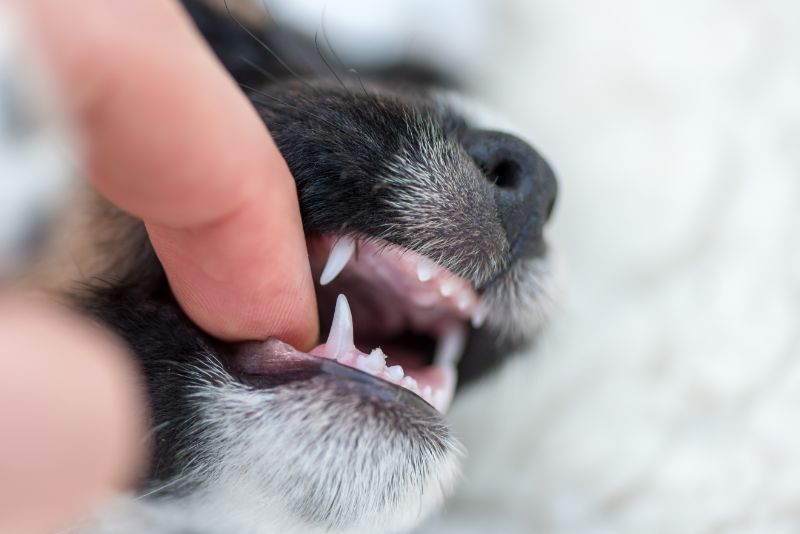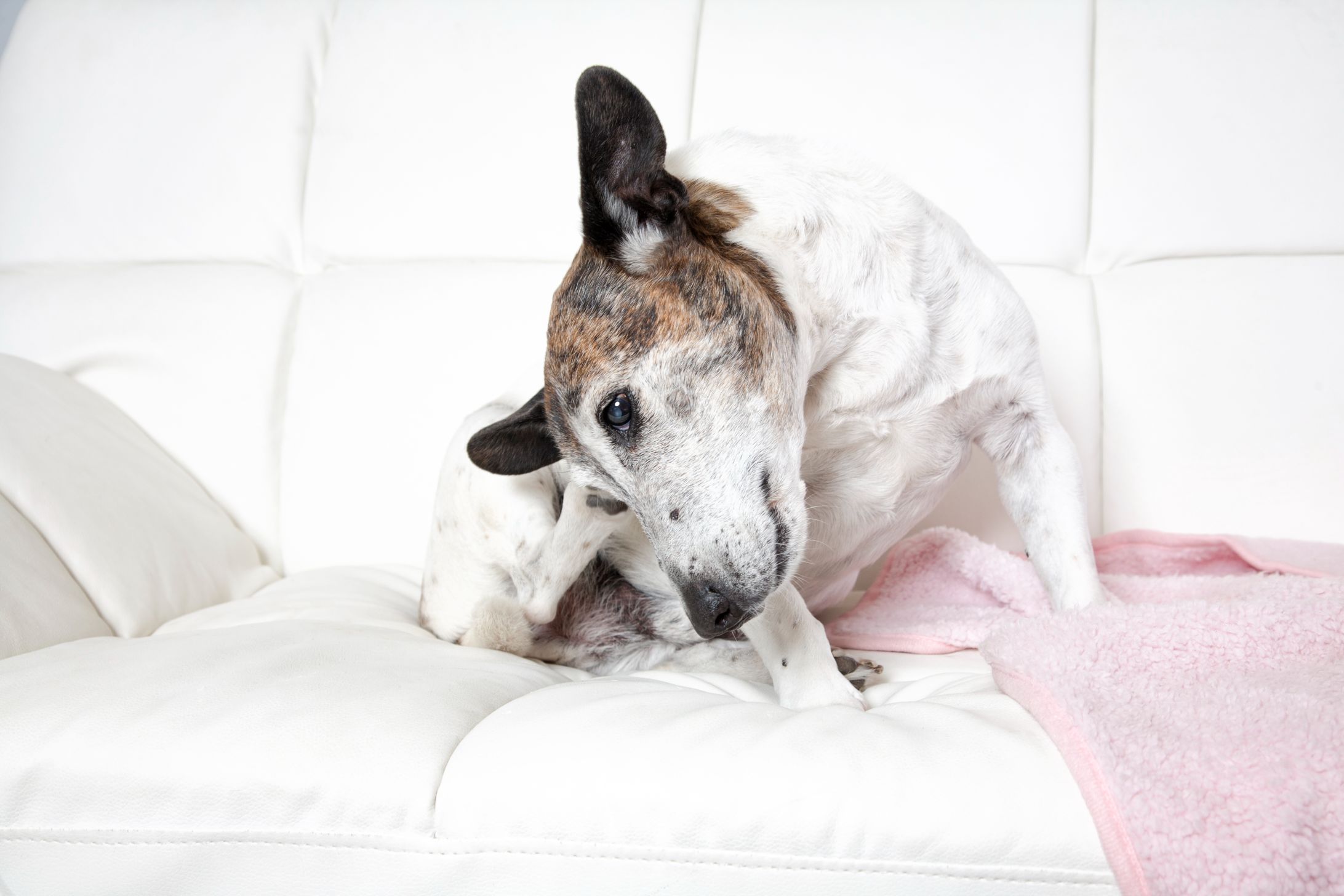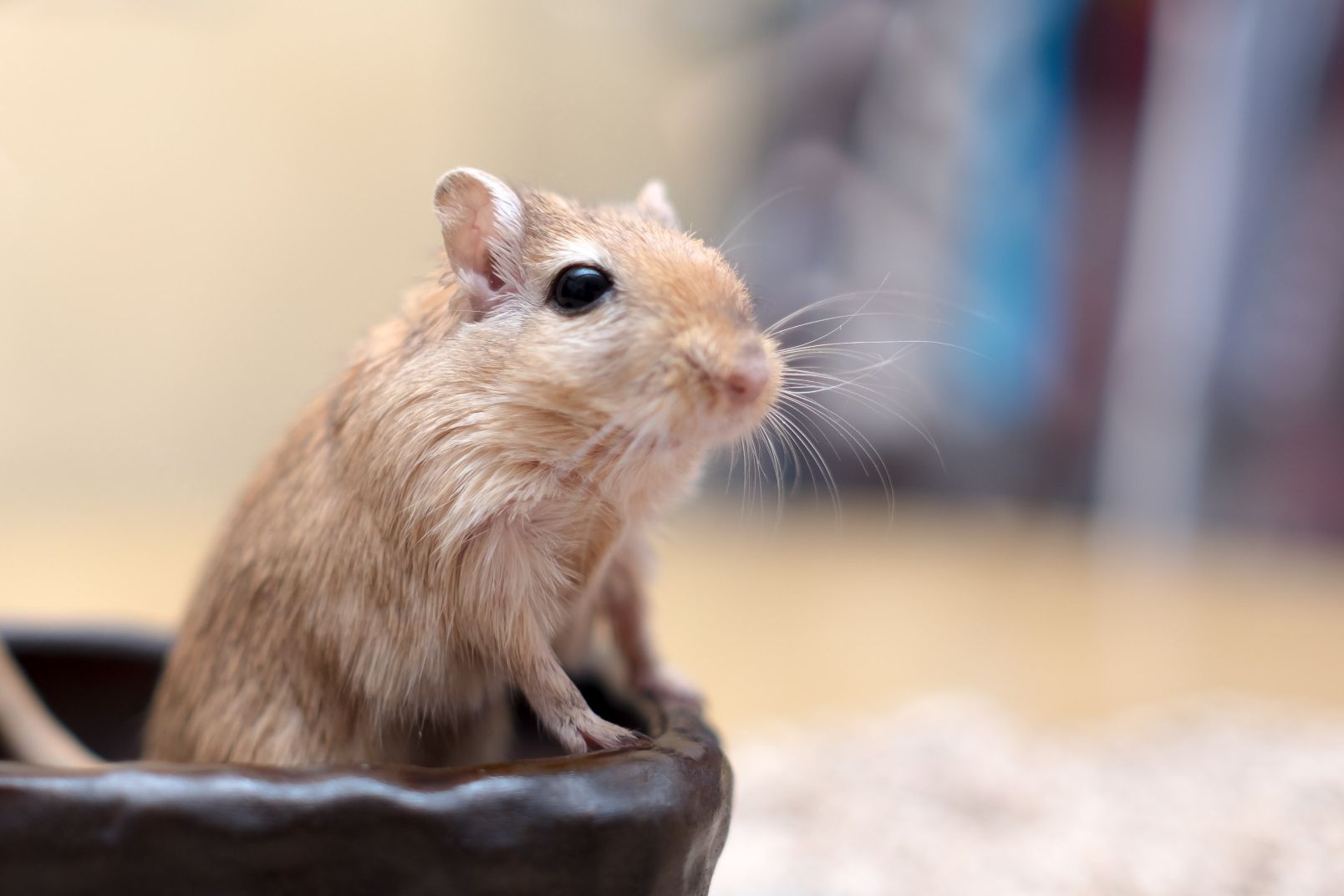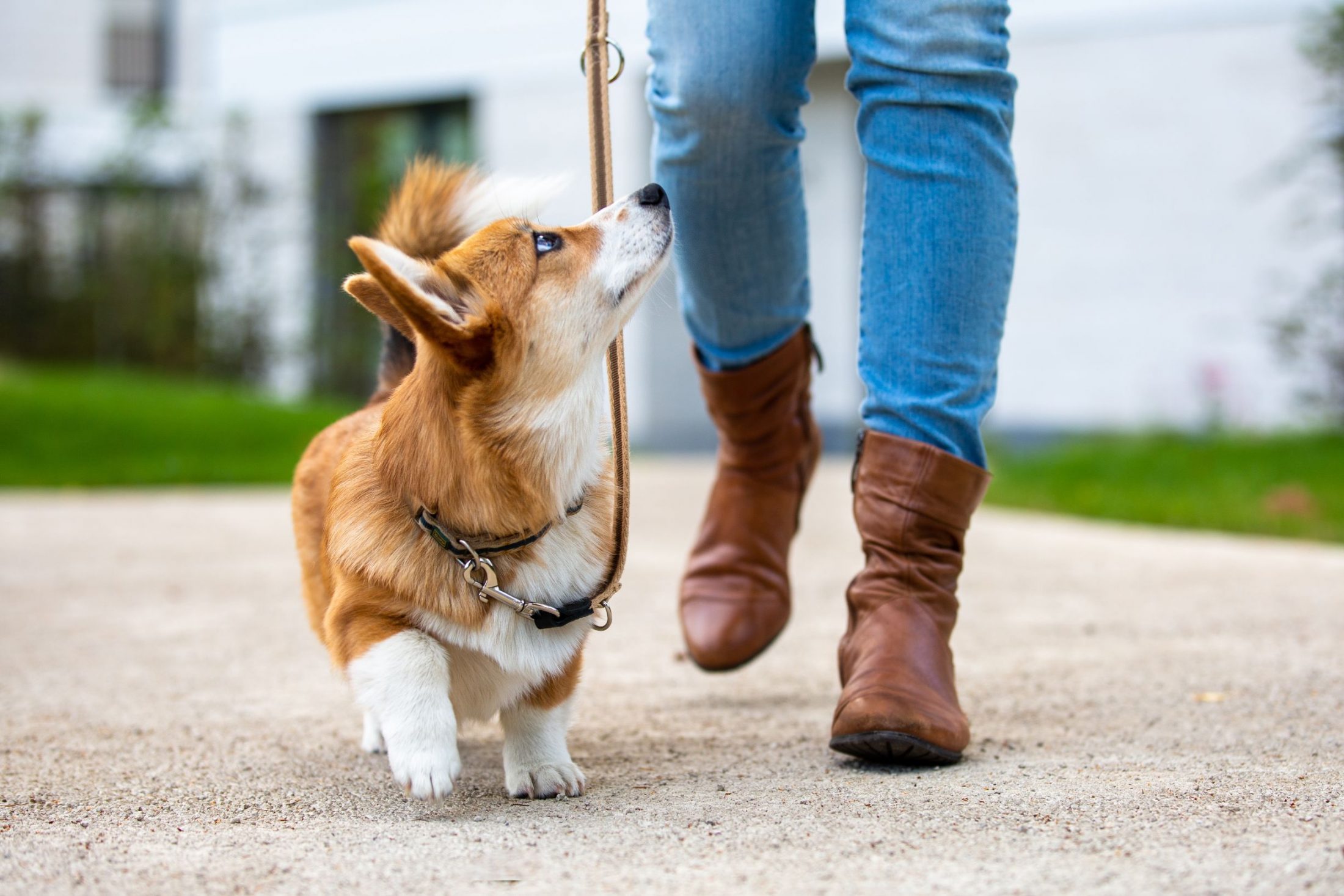 Anesthesia-free pet dental cleanings have become more popular in recent years. You may have heard about them being offered at grooming salons, pet stores, or even some veterinary clinics. Similar to human dental cleanings, these procedures involve the scraping of plaque and tartar without the use of anesthesia.
Anesthesia-free pet dental cleanings have become more popular in recent years. You may have heard about them being offered at grooming salons, pet stores, or even some veterinary clinics. Similar to human dental cleanings, these procedures involve the scraping of plaque and tartar without the use of anesthesia.
The popularity of this practice comes from marketing campaigns that promote it as a safe and less expensive alternative to putting a pet under anesthesia. However, what these campaigns fail to mention is that anesthesia-free pet cleanings tend to make dental problems worse, and, in some cases, it amounts to animal abuse and cruelty.
Beneath the Surface
In pets, more than 60 percent of dental problems are hidden below the gumline. Because anesthesia-free pet dental cleanings only address plaque and tartar above the gumline, problems like bone loss and cavities go untreated, leading to pain, tooth loss, and the eventual spread of bacteria to major organs.
X-rays are required to get the full picture of what’s happening in a pet’s mouth – and these can only be performed properly under anesthesia. Cleaning and scaling below the gumline is also impossible without sedation.
The Risks of Anesthesia-Free Pet Dental Cleanings
Anesthesia-free pet dental cleanings can also result in the following problems:
- Dental exams are highly stressful for pets, meaning that most pets will need to be forcefully or even cruelly restrained without the use of anesthesia.
- Anesthesia-free cleanings aren’t typically offered by veterinary practices.
- Sharp instruments are a necessary part of any dental cleaning, and pets who aren’t sedated are at a high risk of being injured.
Straight from the Source
Organizations like the American Veterinary Dental College (AVDC), the American Veterinary Medical Association (AVMA), and the American Animal Hospital Association (AAHA) have all issued statements regarding the need for anesthesia to properly conduct a dental examination and cleaning.
According to the AVDC, the advantages of anesthesia include eliminating fear, stress, anxiety, and pain for a pet.
Professional Pet Dental Care
85 percent of dogs and cats show some signs of dental disease by the time they reach the age of three. Proper home care along with professional cleanings under anesthesia are essential. A professional exam and cleaning includes:
- Dental scaling of each tooth to remove tartar above and below the gumline
- Polishing of tooth surfaces to minimize new tartar buildup
- Complete oral exam to look for signs of inflammation, sores, lumps, etc.
- Dental x-rays to get a clear view of the gums, roots, and jaw bone
At Summeridge Animal Clinic, providing each pet patient with the highest quality dental care is one of our top priorities. We couldn’t agree more with the need for anesthesia during any pet dental cleaning or procedure. Please don’t hesitate to contact us for more information.



